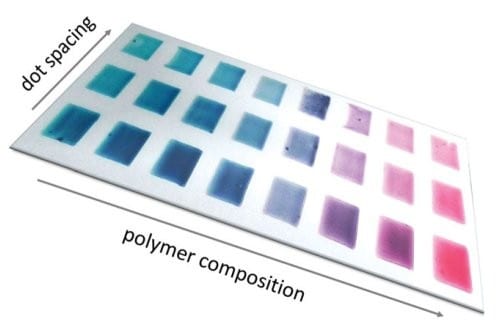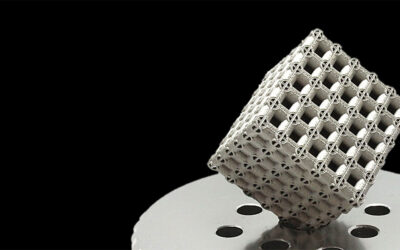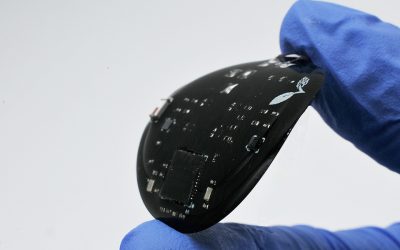 Inkjet printing is a technique that generates picoliter droplets from solution in a highly reproducible and controlled way. By depositing these droplets next to each other onto a substrate like glass slides or flexible foils, the droplets spread and merge together. Narrow lines or complicated layouts like logos can be created. Even larger areas can be covered completely.
Inkjet printing is a technique that generates picoliter droplets from solution in a highly reproducible and controlled way. By depositing these droplets next to each other onto a substrate like glass slides or flexible foils, the droplets spread and merge together. Narrow lines or complicated layouts like logos can be created. Even larger areas can be covered completely.
Usually the solute droplets contain a functional material like light-emitting or -harvesting polymers. The inkjet-printed polymer layers need to be optimized in thickness and homogeneity in order to be used as the active film in organic electronics like organic light emitting diodes (OLEDs) or organic solar cells.
Since inkjet printing is a relatively new technique basic drying characteristics like the coffee-ring-effect need to be investigated. For this reason, Ulrich S. Schubert (University of Jena) and his research team have inkjet-printed various polymers using different solvents and concentrations. Furthermore, the influence of film dimensions was investigated. To combine all these different parameters inkjet printing was used to create 2-dimensional polymer libraries in order to study every parameter systematically.
As result, a very fast and material-efficient workflow is developed, which allows an efficient investigation of different processing conditions and polymer characteristics to the layer properties.

















